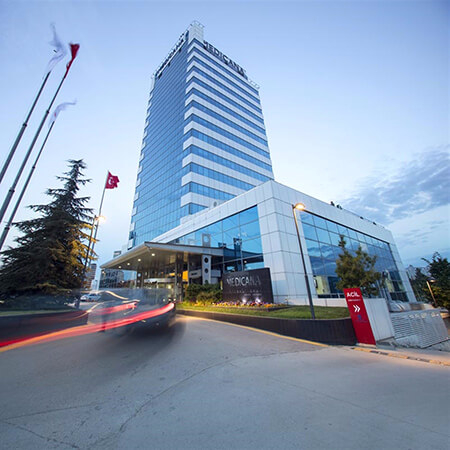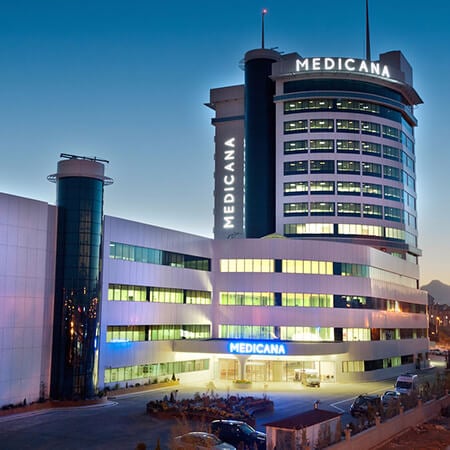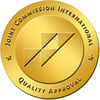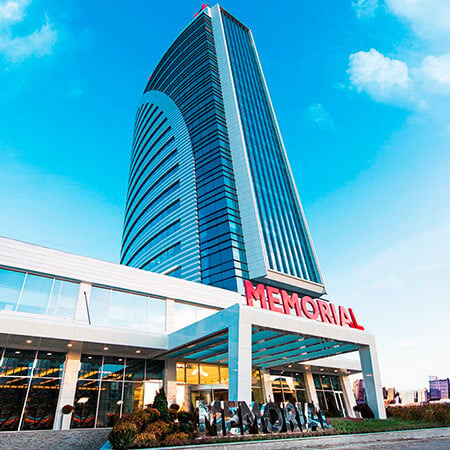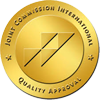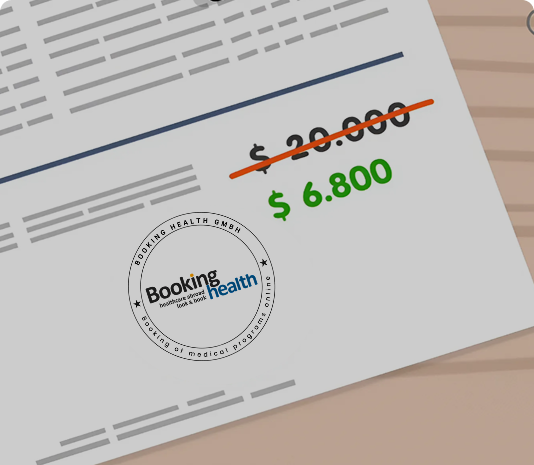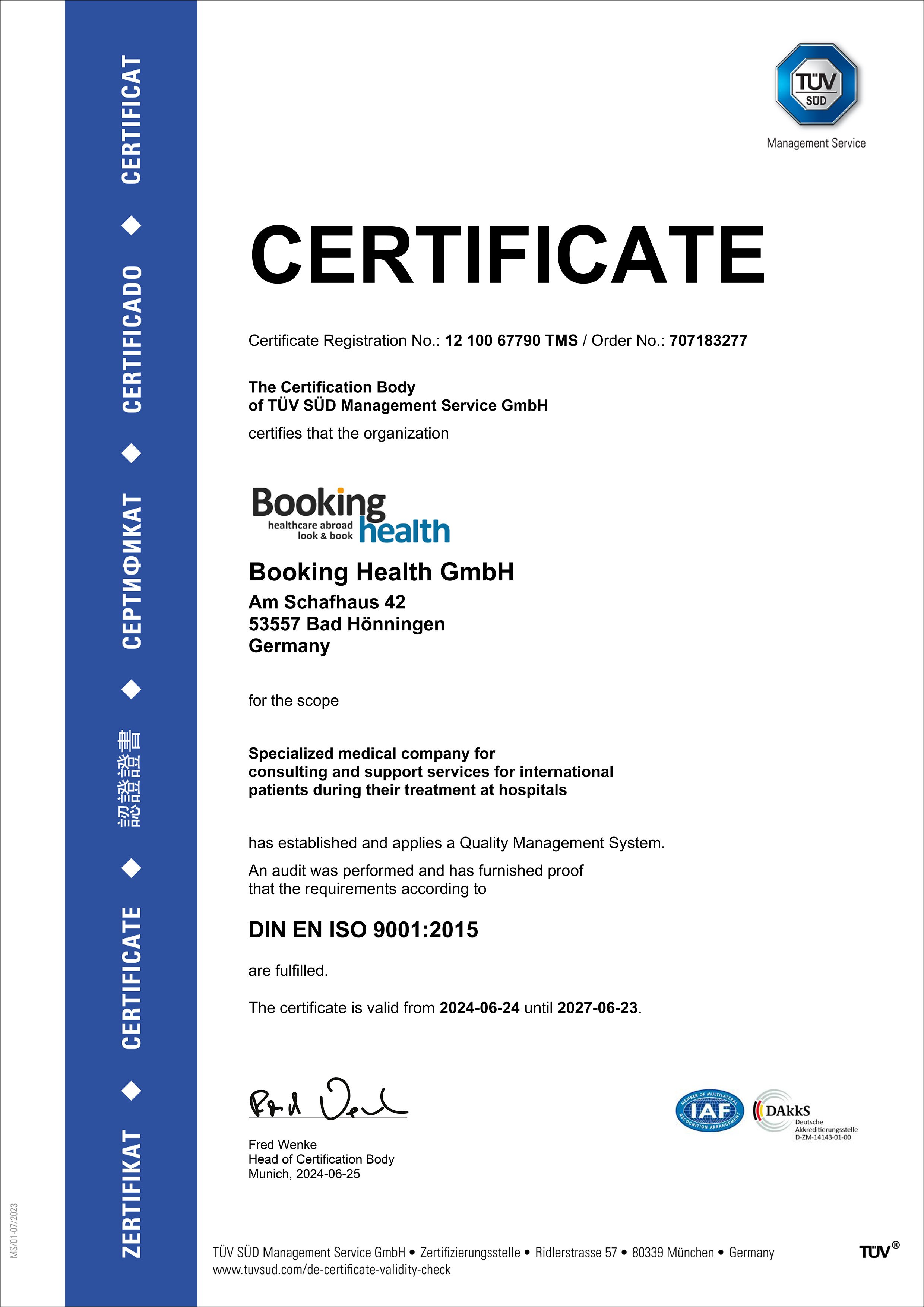Rhinoplasty in Turkey ranks first among all plastic surgeries. Patients from different countries decide on the treatment of nose deformities in Turkish clinics. There are certainly reasons for that.
Overview
After the injury, in most cases, there is a curvature of the nose or its indentation in the cartilage area. Since the nose is the most prominent part of the face, its deformities are the most common among all facial injuries. Most of the injuries of the face fall on the nose, which damages cartilage and soft tissues. If in such situations, if treatment is not carried out urgently, a visible persistent deformity develops. Its correction after the healing of the injury is only possible with the operation.
The nasal septum is a plate that divides the nasal cavity. On both sides, it is covered with a mucous membrane. Due to injuries, uneven growth of the bones of the skull, past diseases, etc., the septum can change its shape. The curvature of the nasal septum often leads to nose deformities. But the most important part of having the nose deformities is the appearance of allergic and inflammatory diseases of the respiratory organs.
The most common nose deformity is the tear of the cartilage of the nose, causing the cartilage to shift constantly. As a result, the lower half of the nose is shifted. If a complete detachment does not occur and the cartilage is only shifted, then a depression appears in the area of its connection with the bone.
Neoplasms also refer to visible nose deformities. They can cause disturbances in the shape of the nose both when located outside and inside the nasal cavity. Most neoplasms are benign. The most common types of neoplasms are polyps, nerve fiber tumors, fibromas, papillomas, and adenomas.
Internal formations, even before the appearance of external deformation of the nose, are manifested by the disturbances of nasal breathing. Then the nose bleeding occurs and further, an external change in the nose becomes visible. The nose may become asymmetrical, bend or change its color to red or bluish. Also, with a significant size of the tumor, tissue compression is possible, due to which the blood supply to the nose decreases and necrosis may develop. This leads to the development of an ulcer.
With timely treatment benign neoplasms are not dangerous and are removed with an operation. If necessary, additional therapy is carried out in order to restore the normal appearance of the deformed part of the nose.
Malignant formations of the nose are not very common. The most common of these are squamous cell carcinoma and glandular carcinoma.
Depending on the location of the tumor, it can lead to visible deformities of the nose, which in some cases are the first symptom of a dangerous condition. With such a lesion, the nose begins to increase in size on the side of the tumor, and the color of its skin may change. Treatment is carried out depending on the patient's condition, and its main task is no longer to restore the normal appearance of the nose, but primarily to stop the malignant process and eliminate the risk of its spreading to the surrounding tissues.
Causes of nose deformities
Causes of nose deformities include:
- Uneven growth of the skull
- Enlargement of one of the sides of the nose
- Injury of the nose
- Constant congestion in one of the halves of the nose (curvature of the nasal septum, in this case, is an attempt to adapt to breathing through only one nostril)
- Polyps
Symptoms
Even in the presence of nose deformities, the patient may not experience discomfort. Moreover, a person sometimes does not even know about the diseases. Complaints begin when the turbinates enlarge on the side opposite to the curvature that leads to difficulty breathing.
Symptoms of nose deformities include:
- Difficulty breathing through the nose
- Chronic rhinitis
- Snoring
- Nose bleeding
- Atypical shape of the nose
- Dryness in the nose and discomfort when breathing
Diagnostics
Rhinoplasty is a surgical procedure performed under general anesthesia in combination with local anesthesia.
In this regard, the patient needs to undergo a comprehensive examination, including clinical and laboratory examination and consultations of specialists (ENT doctor, therapist, and anesthesiologist).
An external examination allows determining the specific features of the nose, which is vital for successful rhinoplasty. Also, the doctor evaluates nasal breathing. By bringing a cotton sheet separately to each nostril, the vibration during inhalation and exhalation is examined.
A person's sense of smell is also assessed for each nostril separately. The patient should, with his eyes closed, identify the smell on the cotton sheet. If there are any nose deformities, then the sense of smell is usually reduced.
To avoid complications during the operation, you should warn the doctor about the presence of chronic and acute diseases, previous illnesses, and possible allergic reactions at the time of the proposed rhinoplasty.
Rhinoplasty, like most plastic surgeries, imposes some temporary restrictions on the lifestyle before the operation. It is undesirable to smoke and take drugs that affect blood clotting because this can cause bleeding during rhinoplasty.
How the rhinoplasty is carried out
The information about the technique of rhinoplasty will help you assess the risks and possible complications, especially in the postoperative period. High-quality work always consists of the joint actions of the plastic surgeon and the patient.
Access to the internal structures of the nose during rhinoplasty can be closed, that is, through incisions along the inner sides of the nostrils, and open, when an internal incision is combined with an incision along the skin between the nostrils.
After open rhinoplasty, a scar remains on the skin part of the nasal septum, which is normally hardly noticeable. The scars after these incisions are usually almost invisible. If it is necessary to carry out complex rhinoplasty, the plastic surgeon performs manipulations on the bony part of the nose. With the help of tools of a special design, a section of the bone that forms the hump of the nose is removed. In the same way, the bone parts are connected to form the shape of the nose.
With closed rhinoplasty (internal rhinoplasty), the plastic surgeon conducts all incisions and manipulations inside the nasal cavity. One small incision is made in each nostril, which is not visible from the outside, and after a while, they are hardly distinguishable even during a medical examination. The skin is separated from the underlying cartilage and bone tissue, and after that the shape or the size of the nasal cartilage is corrected and the skin is sutured.
The patient often faces the question which type of rhinoplasty to choose. Open rhinoplasty is the most popular among reputable surgeons, as it allows fine and precise work on the structures of the nose.
Rhinoplasty includes several stages:
- If necessary, correction of the nasal septum and reduction of the turbinates are carried out
- Marking of the new contour and form of the nose
- Narrowing of the nose (dissection and shifting of the nasal bones together) and, if necessary, straightening of the nose tissues
- Changing the shape of the nose (the actual surgery)
The technique for performing rhinoplasty depends on the tasks of the plastic surgeon and the state of the nose and facial tissues. The essence of the intervention is to correct the bone and cartilaginous structures that form the nasal skeleton.
In the presence of defects in the internal cartilaginous structures of the nose (saddle nose deformity, deformation of the wings of the nose) after injuries, diseases, or previous operations, the only way to restore them is the use of autografts. The material is harvested from the patient's nasal septum, ear, or rib. The surgeon will advise and discuss with you the need for using the additional material.
The duration of the rhinoplasty is strictly individual and usually does not exceed two hours.
Rehabilitation period
During the first days after rhinoplasty, a hospital stay is recommended.
Rhinoplasty, like any surgical intervention, is accompanied by the temporary swelling of the tissues of the nose and the eye area. There may also be a short-term decrease in sensitivity in the operation area, nasal congestion, and minor pain on the first day.
To prevent complications in the postoperative period, a bandage is applied to the nasal area for 7-10 days. Bruises under the eyes persist for up to 10-14 days. Slight swelling of the tissues of the external nose can persist up to 3-4 months, but often it is not noticeable. As a rule, the nose takes on the right appearance after 1-2 weeks.
The first two days after the operation, the application of cooling compresses to the area of the nose and eyes is indicated. Painkillers and sedative drugs may be prescribed if needed.
For two weeks of the postoperative period, it is recommended to sleep with the head of the bed raised, which also helps to improve the outflow of fluid from the postoperative area. The processes of tissue formation and restructuring after rhinoplasty, as a rule, last up to 6-8 months, in some cases – up to 1 year. Therefore, the result of rhinoplasty can be assessed only after some time.
The timing of returning to the usual lifestyle depends on the individual characteristics and the complexity of the rhinoplasty performed. As a rule, most patients return to work within 4-5 days after surgery. However, during the first months, there may be some restrictions in physical activity, smoking, and some other activities. Spicy and salty foods should be excluded from the diet. Glasses with heavy frames are not recommended for 5-8 weeks after rhinoplasty.
Where can I undergo treatment of nose deformity?
Medical tourism is becoming more and more popular these days, as a treatment in Turkey ensures a much better quality of rhinoplasty.
The following clinics demonstrate the best success rates in rhinoplasty in Turkey:
- Memorial Ankara Hospital
- Memorial Sisli Hospital Istanbul
- TravelMEDI Clinic Istanbul
- Medipol Mega University Hospital Istanbul
- Memorial Atasehir Hospital Istanbul
- Medicana International Istanbul Hospital
You can check out the full list of clinics for rhinoplasty in Turkey on the Booking Health website. In addition, you will find there information on treatment in Germany, Israel and other countries.
The cost of nose deformity treatment in Turkey
The prices in hospitals listed on the Booking Health website are relatively low. With Booking Health, you can undergo treatment in Turkey in the best hospitals at an affordable price.
The average cost of nose deformity treatment in Turkey is from 2,574 EUR to 4,107 EUR.
The cost of nose deformity treatment in Turkey varies, as the prices depend on clinics, the chosen type of plastic surgery, and its complexity. In any case, it will be lower than treatment in Germany or the USA.
You also need to consider the cost of additional corrective procedures and follow-up care. Therefore, the ultimate cost of nose deformity treatment in Turkey may differ from the initial price.
To make sure that the treatment in Turkey is suitable for you, contact us by leaving the request on the Booking Health website. If necessary, specialists of the company will offer alternative options, like treatment in Germany.
How can I undergo treatment of nose deformity in Turkey?
It is not easy to self-organize any treatment in Germany, Turkey and other foreign countries. It requires certain knowledge and expertise. Thus, it is safer, easier, and less stressful to shift some responsibility onto a medical tourism agency.
As the largest and most transparent medical tourism agency in the world, Booking Health has up-to-date information on rhinoplasty in the best clinics in Turkey. It is vital to have accurate information on the success rates of the specific hospital in rhinoplasty.
Booking Health will help you select a hospital, taking into account your wishes for treatment. We offer all the necessary services so that you undergo the nose deformity treatment safely and conveniently.
We want to help you and take on all the troubles. You can be free of unnecessary stress, while Booking Health takes care of all organizational issues.
Medical tourism can be easy! All you need to do is to leave a request on the Booking Health website, and our manager will contact you shortly.
